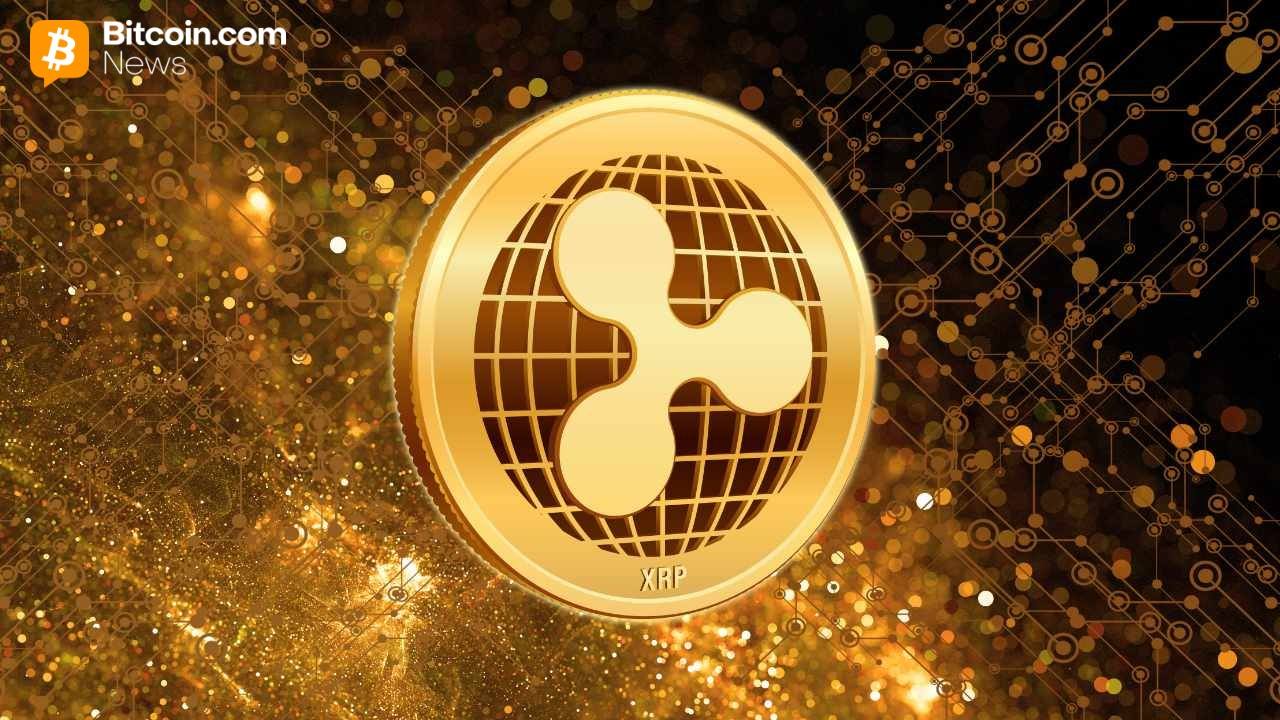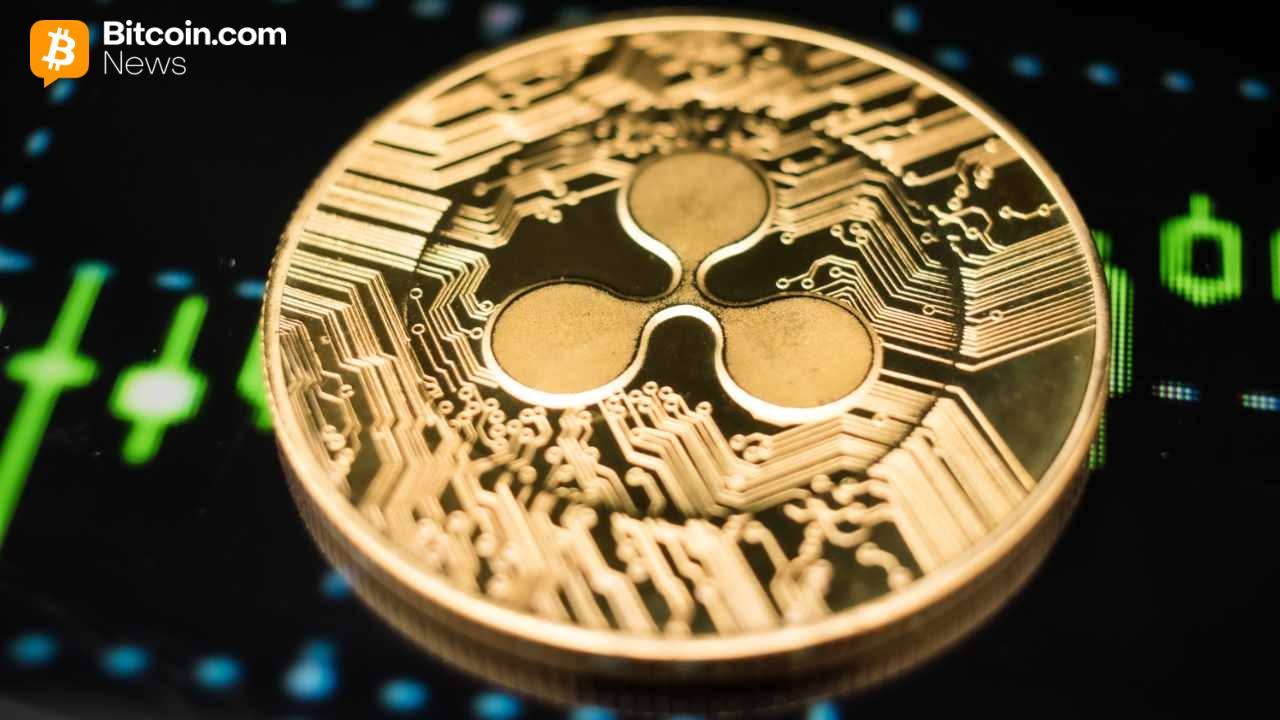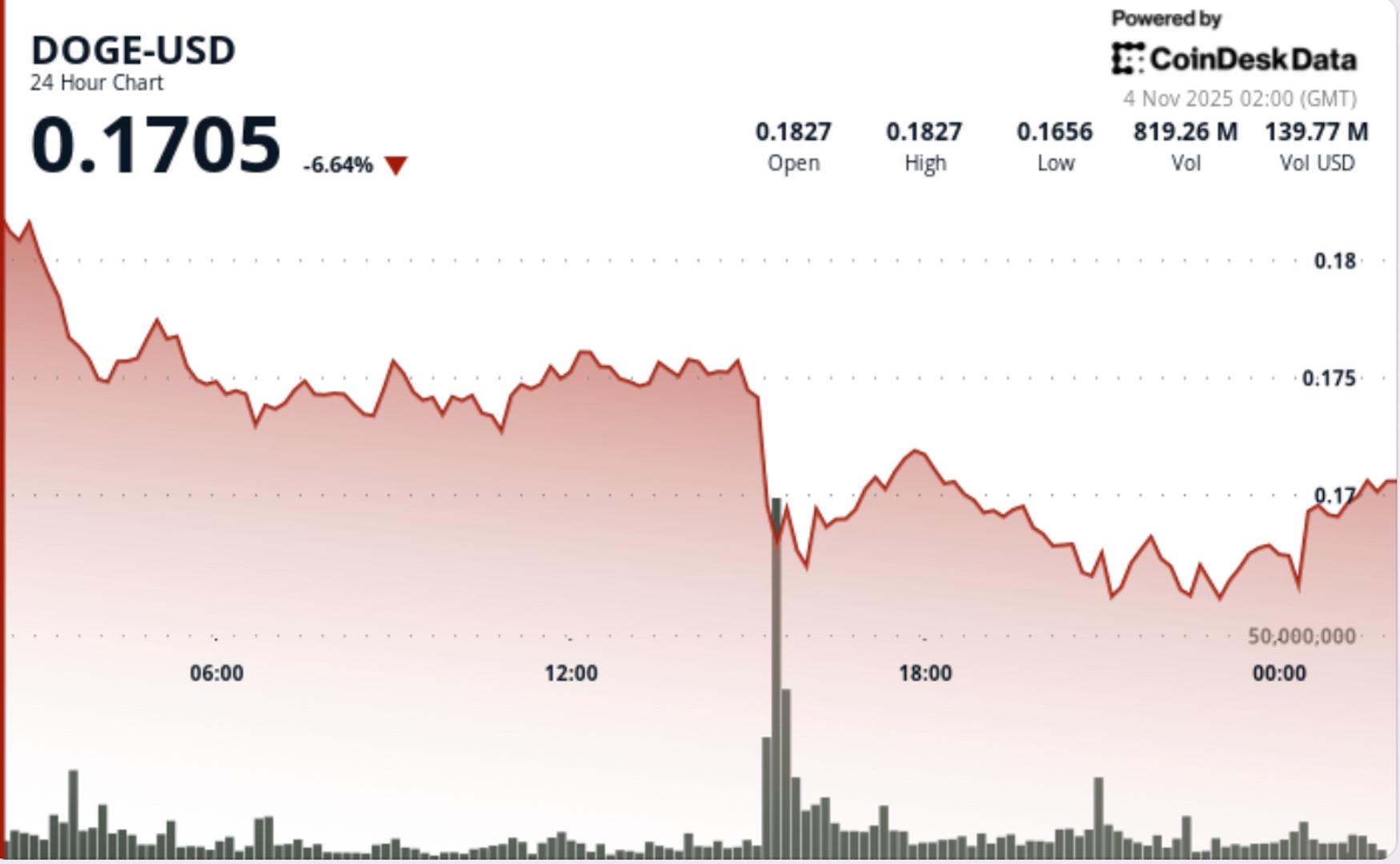Why the World Economic Forum Highlights XRP, HBAR, and XLM AllinCrypto August 18, 2025
The merging of crypto and global finanical systems has been on the up, with the World Economic Forum (WEF) paying close attention to digital assets that demonstrate scalability, efficiency, and compliance.
Among many blockchain projects, three stand out in connection with the WEF and its initiatives. These tokens are Ripple’s XRP, Hedera Hashgraph’s HBAR, and Stellar’s XLM.
With Larry Fink, who is keen on tokenization and crypto, becoming interim co-chair of the WEF, let’s dive into why these tokens have been highlighted by the WEF.
Why the World Economic Forum is Engaged with Blockchain & DLTs
The WEF has consistently stressed the importance of emerging technologies in reshaping global finance and governance.
Blockchain tech, with its ability to foster transparency, improve finanical efficiency, and bring about financial inclusion, has become a focus in WEF reports and events.

Unlike more speculative cryptocurrencies, tokens with enterprise-level functionality are positioned as tools to integrate with existing global systems.
For the WEF, the value of a blockchain network lies in its ability to support real-world applications such as central bank digital currencies (CBDCs), tokenization efforts, finanical inclusivity, and cross-border payments. This is where XRP, HBAR, and XLM enter the mix.
XRP and Global Payments
Ripple’s XRP Ledger and token have long been associated with financial institutions and global payment providers. Ripple payments help facilitate fast, cost-efficient cross-border transactions.
The World Economic Forum has recognized Ripple’s potential role in bridging gaps within the international payments system, particularly in developing infrastructure for tokenization and global payments, vastly improving settlement times compared to the traditional SWIFT network.

Ripple’s partnerships with banks and governments around the world highlight its institutional connections. Projects involving the digital pound, digital euro, and experiments with other CBDCs often cite Ripple’s technology as a potential framework.

HBAR and Sustainable Infrastructure
Hedera Hashgraph distinguishes itself through governance, scalability, and finanical use cases. Its network is run by the Hedera Council, a body composed of multinational corporations, institions, and banks.
This council-based governance structure has drawn attention from the WEF, particularly in discussions about responsible infrastructures and the corporate adoption of crypto.

HBAR is also strongly associated with sustainability initiatives. The Hedera network is one of the lowest energy-consuming distributed ledgers, making it attractive to enterprises and governments seeking environmentally responsible solutions.
Hedera’s focus on real-world asset tokenization, transparency, and enterprise compliance aligns directly with the World Economic Forum’s priorities on sustainable, scalable finance.
Recent partnerships with financial institutions and asset managers, including tokenization of money market funds and real-world assets with Lloyds Bank, Aberdeen Investments, and Archax, further demonstrate HBAR’s institutional ties.
XLM and Financial Inclusion
Stellar Lumens (XLM) is geared toward financial inclusion with payments. With a focus on cross-border payments and low-cost transactions, Stellar aims to provide affordable financial infrastructure for unbanked populations worldwide.
This mission resonates with WEF initiatives to close gaps in financial access and promote inclusive growth.

Stellar’s partnerships with MoneyGram, Circle, issuers of the USDC stablecoin, and PayPal show how the XLM network can help create the future of finance.
The Stellar Development Foundation has also participated in policy and research conversations tied to the WEF and the US government, particularly concerning digital currencies for emerging markets.
For the WEF, Stellar represents blockchain’s ability to democratize access to financial services, especially in regions with limited banking infrastructure.
The Role of the World Economic Forum in Crypto Adoption
The WEF does not directly endorse specific cryptocurrencies but instead highlights technologies and distributed ledgers that align with its mission and sustainable development.
XRP, HBAR, and XLM have all been included in WEF research, whitepapers, and working groups for their practical use cases, reflecting a growing hint that enterprise-focused blockchains will play a foundational role in a new type of global finance.
As blockchain technology moves from hype to real-world utility, the tokens most closely aligned with institutional needs are set to gain greater prominence.
ETFs are due for altcoins, including XRP and HBAR, in late 2025. Already, 21Shares has launched an HBAR ETP in Europe, while the CME Group has introduced XRP Futures for institutional investors.

Inflows for XRP are reaching the 10s of millions according to data from CoinShares. These tokens are standing at the forefront of a finanical shift, not only because of their technical advantages but because their missions align with global finanical priorities such as efficiency, sustainability, and inclusivity.
While market prices for these tokens can fluctuate, the recognition of these cryptos in WEF discussions highlights their staying power in shaping the future of finance.
For enterprises, policymakers, and global institutions, they represent more than speculative assets or interesting tech, but are actual building blocks for an efficient economic system.
The post Why the World Economic Forum Highlights XRP, HBAR, and XLM first appeared on AllinCrypto.







